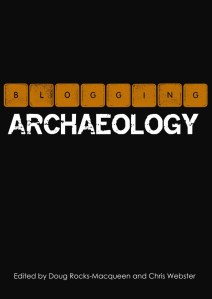This sounds like an amazing conference! Consider submitting if you can.
Alcohol in the Ancient World
Conference Date: February 24th and February 25th, 2017
Conference Location: Penn Museum, Philadelphia, PA, USA
Host: Center for Ancient Studies, University of Pennsylvania
Keynote Speaker: Dr. Patrick McGovern, Penn Museum
Abstracts Due: December 1, 2016
The Center for Ancient Studies (CAS) calls for papers from graduate students in any discipline who are engaged in the study of alcohol in the pre-modern world. Beer, wine, and other fermented beverages have played an important role in the social, political, economic, and religious lives of humans for thousands of years. The embedded nature of alcohol in human societies makes it a productive locus for research on a wide range of topics. Possible subjects include the role of alcohol in:
• Production technologies and techniques
• Consumption practices and contexts
• Visual and literary culture
• Law
• Medicine
• The construction and negotiation of identity and gender
• Trade and political economy
• Ritual
Research on the prohibition of alcohol in pre-modern societies is also encouraged. This can be approached from a number of angles. Who is prohibited and why? When and where do these prohibitions apply? What do they entail? How are they enforced and how are they circumvented?
Applications should include a title and an abstract of no more than 250 words that summarizes the work, identifies the methodology, and states the primary conclusions. CAS encourages interdisciplinary research that utilizes multiple sources of evidence, including material culture, texts, iconography, experimental and ethnographic studies, and archaeometry. Send all materials to cas.upenn@gmail.com with the subject heading CAS Abstract: APPLICANT NAME. Please include your affiliation in the body of the email. All applicants will be notified of the status of their paper by the middle of December.
*******************************
You can also find the CFP online at the CAS website: http://www.sas.upenn.edu/ancient/grad-cfp.html


